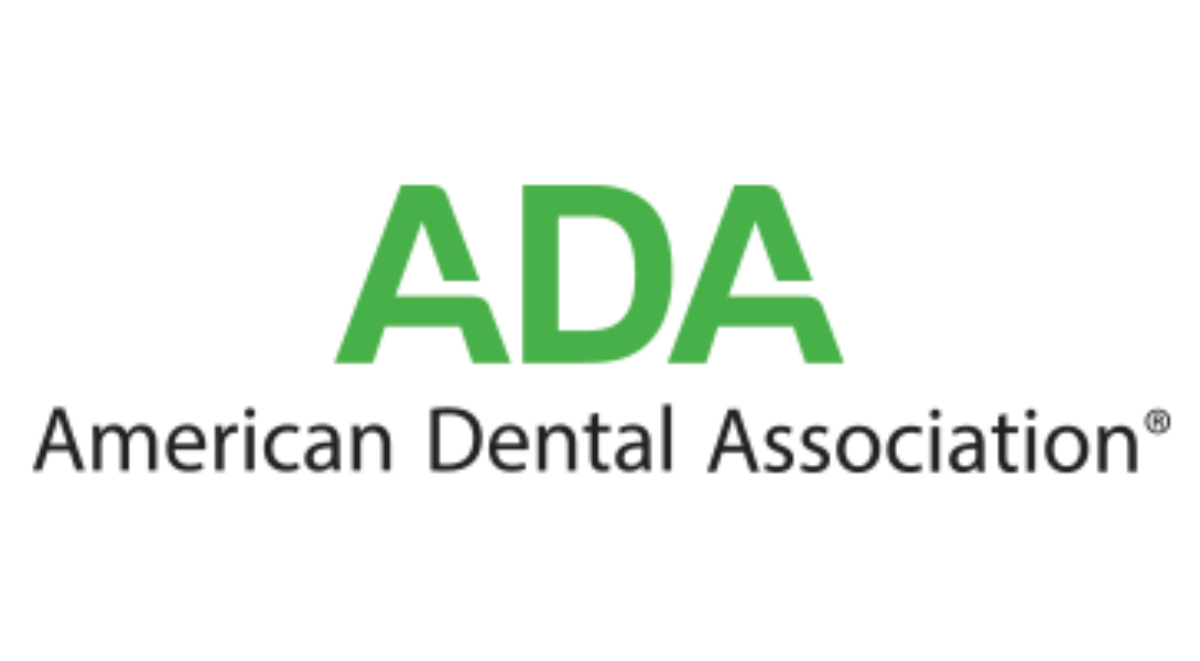Dental Services Rancho Cucamonga, CA
Cosmetic Dental Services
Teeth Whitening Services
Golden Smiles Dental Services Offered
Golden Smiles Dental provides a wide variety of dental services and procedures to address all of our patients' dental health needs. By combining quality patient care with up-to-date technology, we are able to treat patients of all ages in a comfortable and relaxing setting. Our dentist and highly trained team are trained to not only treat patients but to identify what caused the health concern in the first place. This approach sets patients of Golden Smiles Dental on the road to recovery and long term oral health.
We offer a wide variety of services for patients throughout the Rancho Cucamonga California area. Our patients depend on Dr. Harry Nigoghosian to meet all of their oral healthcare needs. Whether you need preventative care, restorative solutions or a smile makeover, we can help.
Cosmetic Dental Care
Cosmetic dental care involves enhancing the appearance of one's teeth, which will also benefit one's oral health in the process. We can enhance the brightness, shape, and size of one's teeth. We can also use cosmetic dentistry to straighten one's teeth and repair damage, which can include replacing missing teeth. Our cosmetic dental treatments will not hinder the functionality of your teeth and will allow you to continue life as normal. If you are interested in enhancing your smile, do not hesitate to give us a call and schedule an appointment. We will go over the possible options and customize your smile to what you want.
Dental Procedures
Our dental procedures involve treating the patient's oral health in a professional and efficient manner. Our dental procedures range from simple cleanings to more serious oral health treatments. Adult teeth are not invincible and can sustain permanent damage that does not go away with brushing or flossing. Our dental procedures can help to restore, replace or repair teeth to the best condition possible. By scheduling an appointment, we will be able to help treat any pain your experience with your teeth and help to brighten your smile.
Dental Services
Our dental services range from the simple checkup to a deep cleaning of the gums. When a patient arrives for a checkup, we will examine the teeth and determine if there are any oral health risks. Once we have a clear idea of the patient's teeth, we will recommend the most effective treatment method. At a regular appointment, we will conduct a cleaning of the teeth, gums, and mouth, to ensure that the patient is in good oral health. We will answer any questions the patient has before the procedure if the patient has any worries.
Helpful Dental Information
We offer helpful dental information such as the fact that you need to floss before brushing for any real effect. While we use regular dental checkups to clean teeth, we also use them to educate patients on proper oral hygiene. It is crucial for patients to brush their teeth twice a day and at least floss once a day to keep the teeth healthy. While regular brushing and flossing can help, they are not enough to keep teeth healthy on their own. By scheduling regular dental checkups at least twice a year, we can prevent any early signs of infection or decay before they get worse. Do not hesitate to give us a call, schedule an appointment and ask us any questions about oral health before we begin the procedure.

